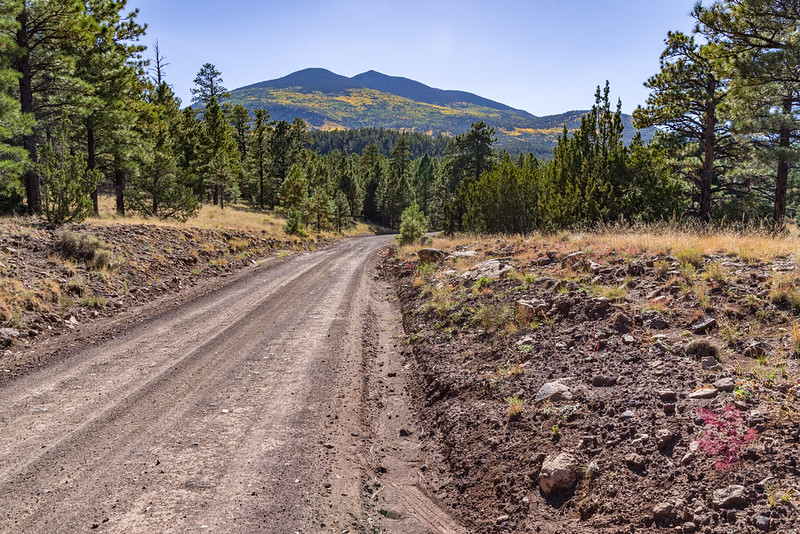Soils and life

Soil is the surface layer of the earth's crust. It can be said that it is full of life, it is inhabited by thousands of species of plants, fungi and animals.
Sometimes it is believed that this layer of our planet is inhabited by about 50 percent of its species richness.
It is surprising something that most of us consider a place almost devoid of life, very often pulsating with its wealth of various forms, only usually invisible to the naked eye.
The soil consists of a mineral and an organic part.
The mineral part is formed mainly as a result of soil-forming processes from the parent rock. This source rock is weathered geological formations from which soils are formed under the influence of soil-forming processes.
It can be different in different places, hence the soils that are formed in the so-called soil-forming process are different.
The process by which soil is formed is composed of the interaction of climate (e.g. temperature), water in the soil, living organisms (fungi, microorganisms, plants) and human interactions on weathered bedrock present in a given location. The topography of the site and the passage of time also play a role in soil formation.
Various physical and chemical processes take place during soil formation.
The resulting soils vary widely, depending on the host rock that was used and other factors.
Soil consists of a solid part that is full of voids and pores, the size of these voids depends on the type of soil, they contain water and gases such as air and water vapour. This space is very important for thousands of species of soil living creatures as well as for plant roots.
This solid part of the soil is mainly mineral substances and partly organic matter.
The soil is usually not uniform, at different depths it may have a different composition and structure.
What can be seen on its cross-section, which is used to describe it. To describe the soil, such a soil analysis is made from 1.5 m to 2 m deep. This is called a cross-section of the soil, it shows the arrangement of individual layers of a given soil, then you can study the properties of selected soil layers.
What is the significance of this for the life occurring in a given area, it can be safely said that it is decisive. The soil, combined with the climate, determines the life of the plant and animal world in a given place in a decisive way.
How soil determines the forms of life in a given area can be seen when a sand dune is located at the edge of a forest. Two very different worlds of plants and animals are clearly visible.
It's amazing how the soil shapes nature.
In a small area, the soils can be different and in this way a mosaic of different vegetation is created.
In modern ecological forestry, foresters move around the area with a map and, depending on the soil and other conditions, plant different trees and shrubs.
Many will be surprised as in a small area living conditions may vary. Thanks to this, the forest is not uniform, but in its natural form it is composed of many microhabitats that have their own species composition of plants and animals.

source of information : wikipedia.org
See more information :
Soil - Encyclopaedia Britannica
